Oracle 18c:
Using an SQL query, I want to generate a list of coordinates that make up the line segments of a square grid graph:
STARTPOINT_X STARTPOINT_Y ENDPOINT_X ENDPOINT_Y
------------ ------------ ---------- ----------
0 0 1 0 --horizontal lines
1 0 2 0
2 0 3 0
3 0 4 0
4 0 5 0
5 0 6 0
...
0 0 0 1 --vertical lines
0 1 0 2
0 2 0 3
0 3 0 4
0 4 0 5
0 5 0 6
...
[220 rows selected]
Details:
- The lines would be split at each intersection. So, in the image above, there are 220 lines. Each line is composed of two vertices.
- Ideally, I would have the option of specifying in the query what the overall grid dimensions would be. For example, specify this somewhere in the SQL:
DIMENSIONS = 10 x 10(orDIMENSIONS = 100 x 100, etc.). - To keep things simple, we can assume the grid's overall shape will always be a square (length = width). And we can make the cell size
1 unit. - I've supplied sample data in this db<>fiddle. I created that data using Excel.
- Hint: The vertical grid lines start at row 111.
The reason I want to generate this data is:
I want sample line data to work with when testing Oracle Spatial queries. Sometimes I need a few hundred lines. Other times, I need thousands of lines.
Also, if the lines are in a grid, then it will be obvious if any lines are missing in my results (by looking at the data in mapping software and spotting gaps).
How can I generate those grid line coordinates using SQL?
